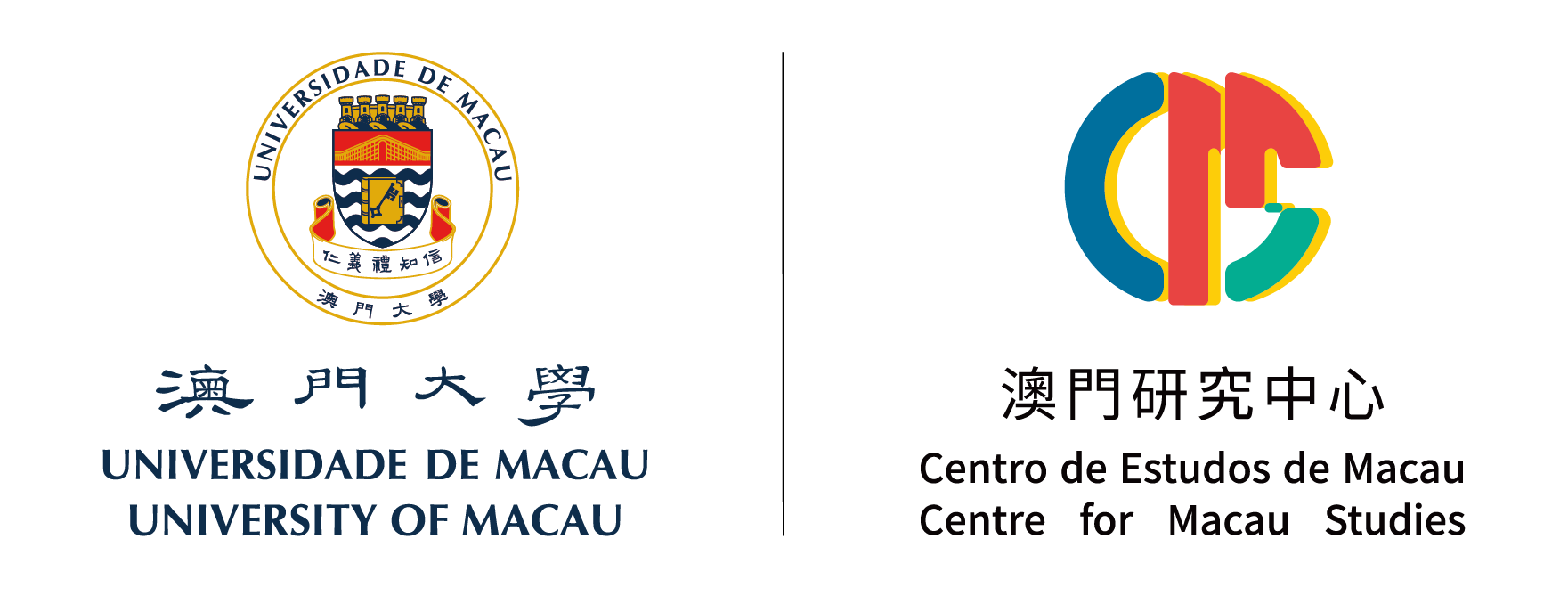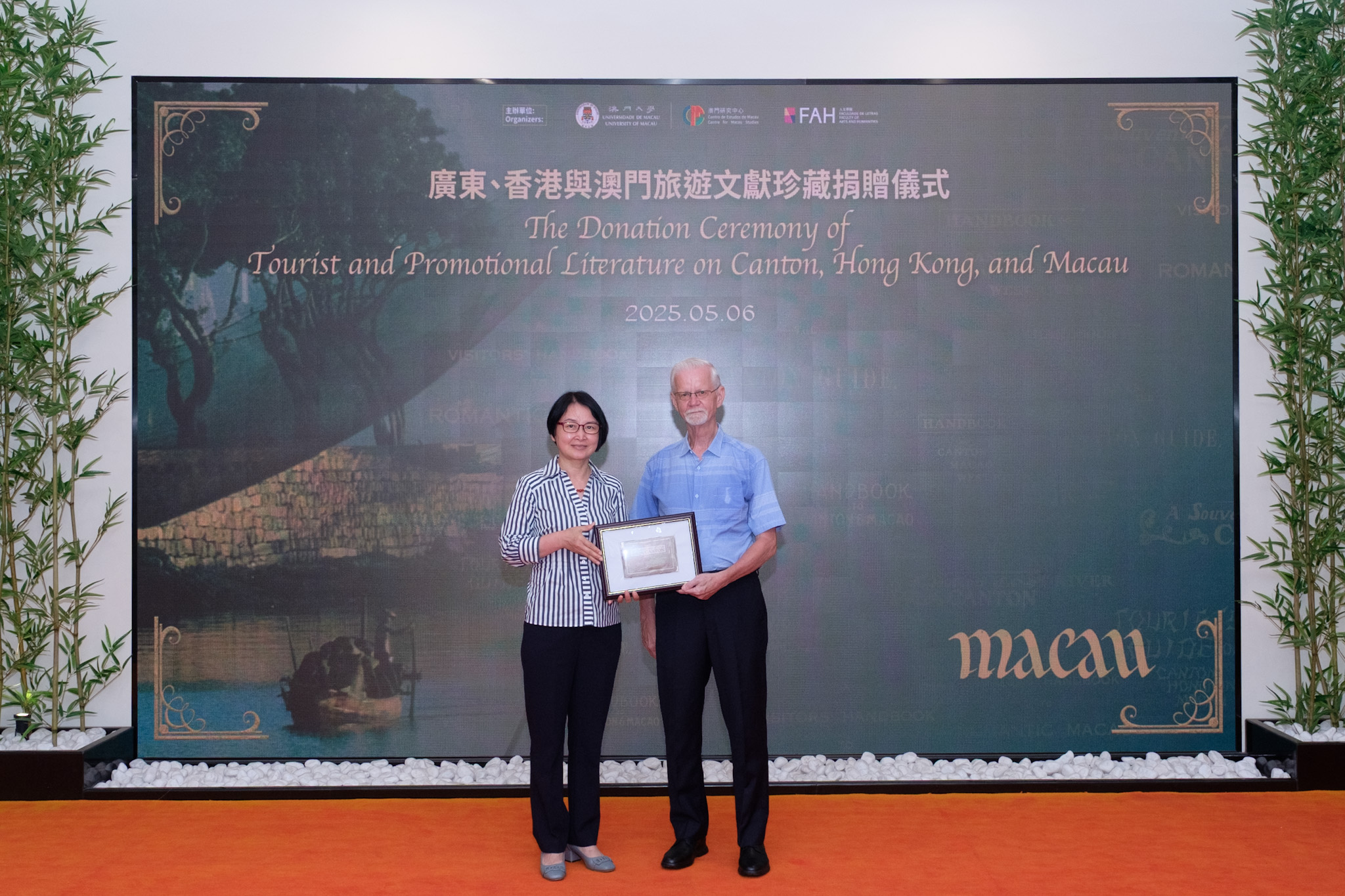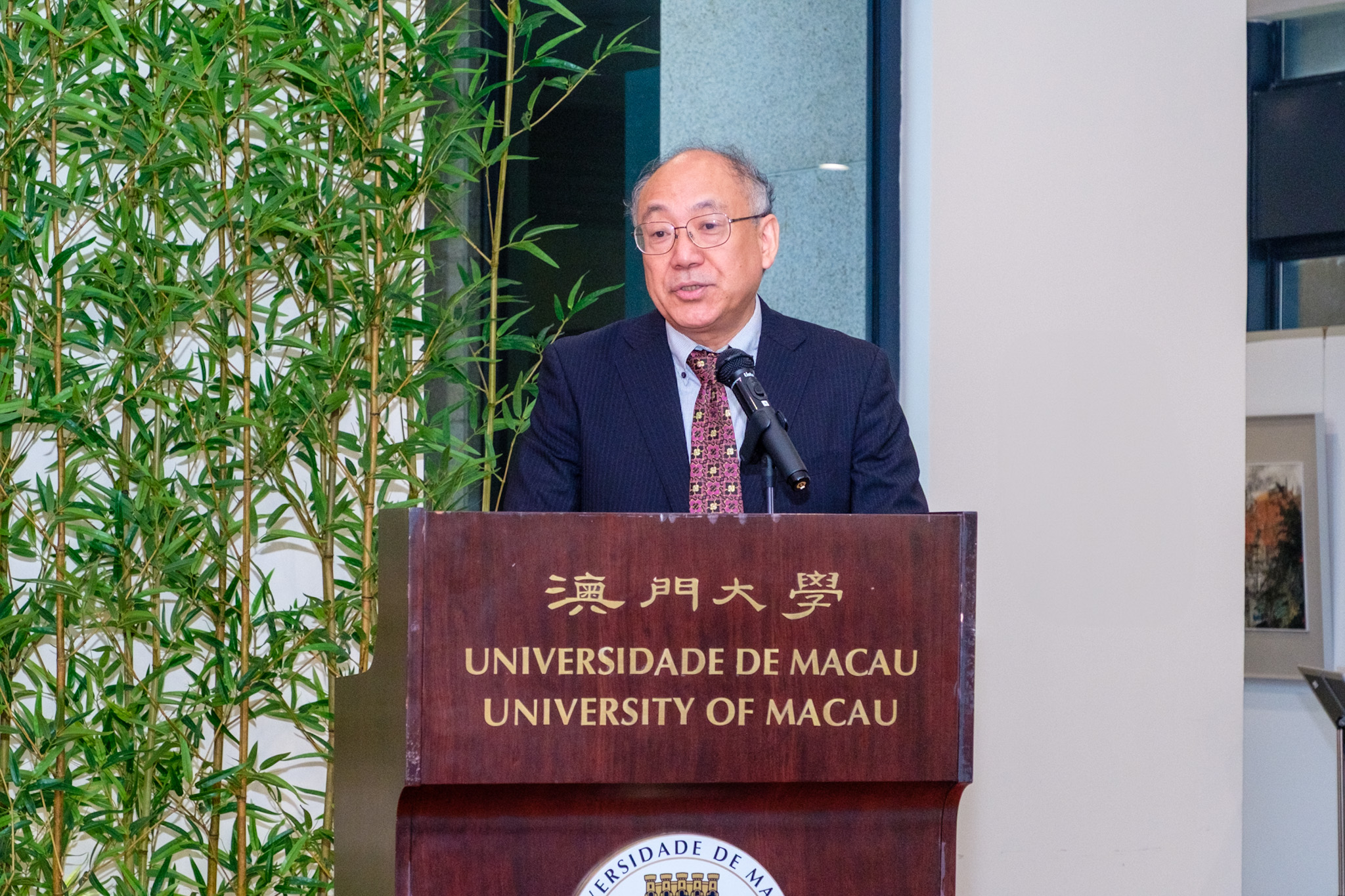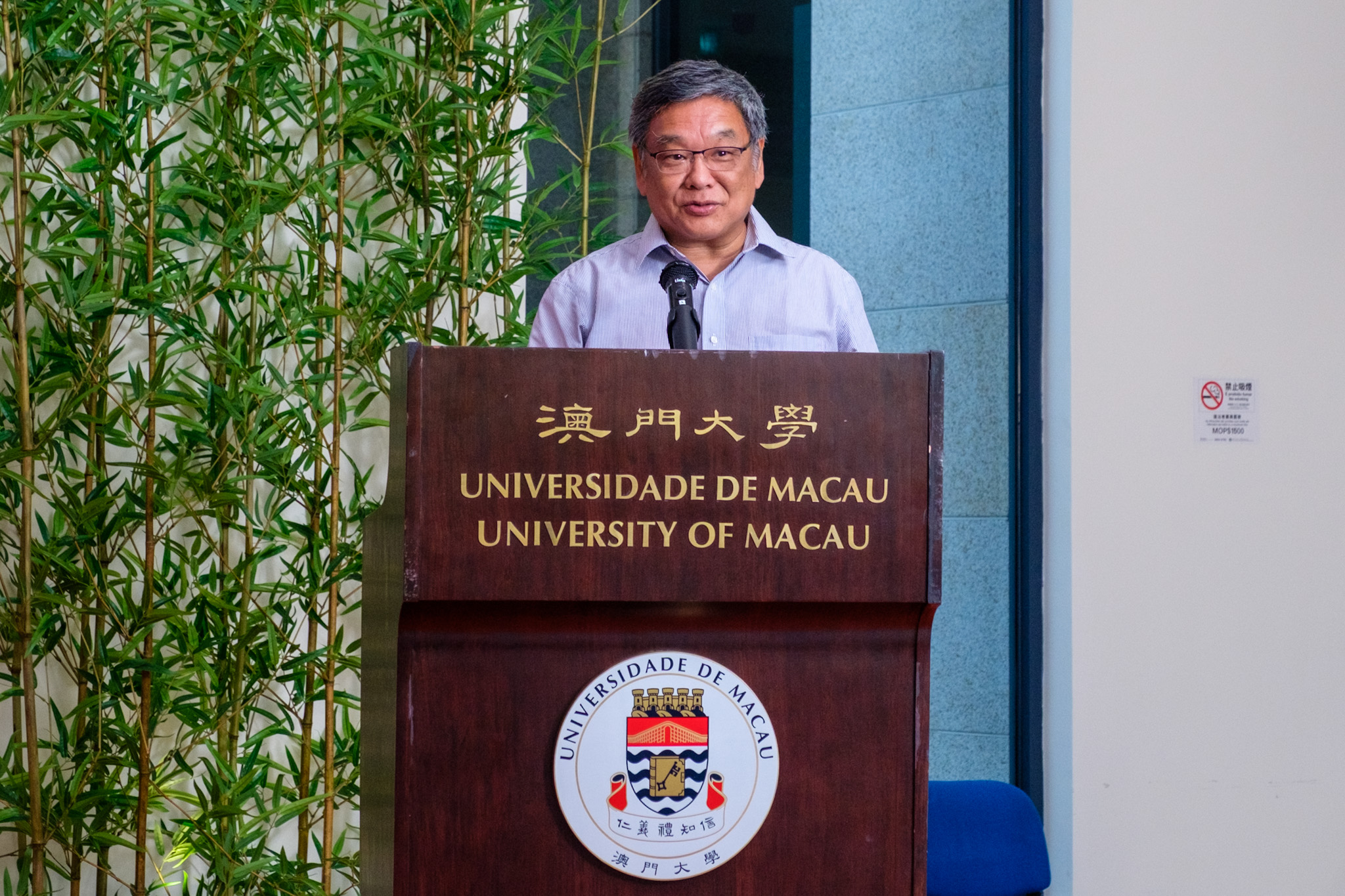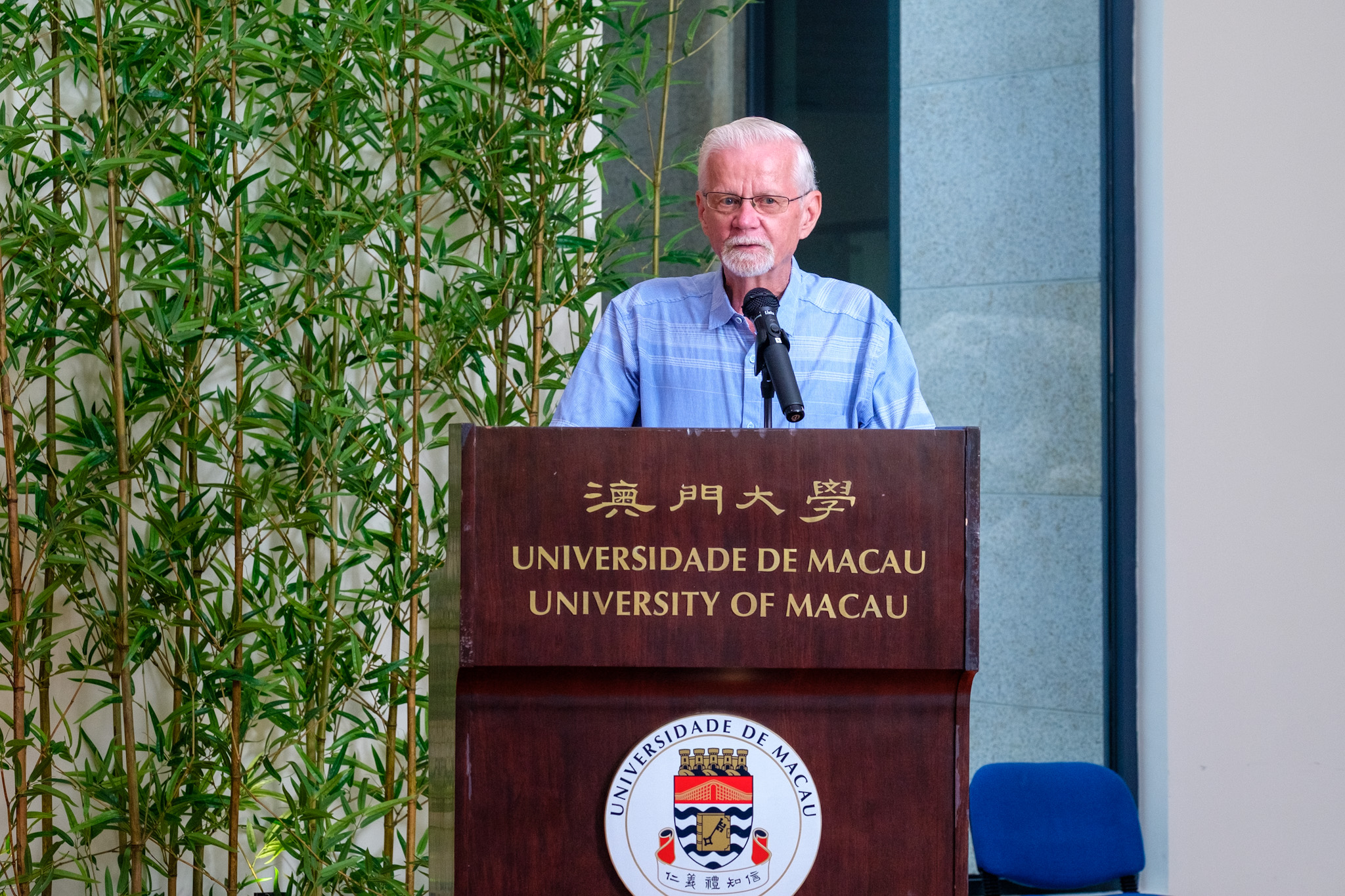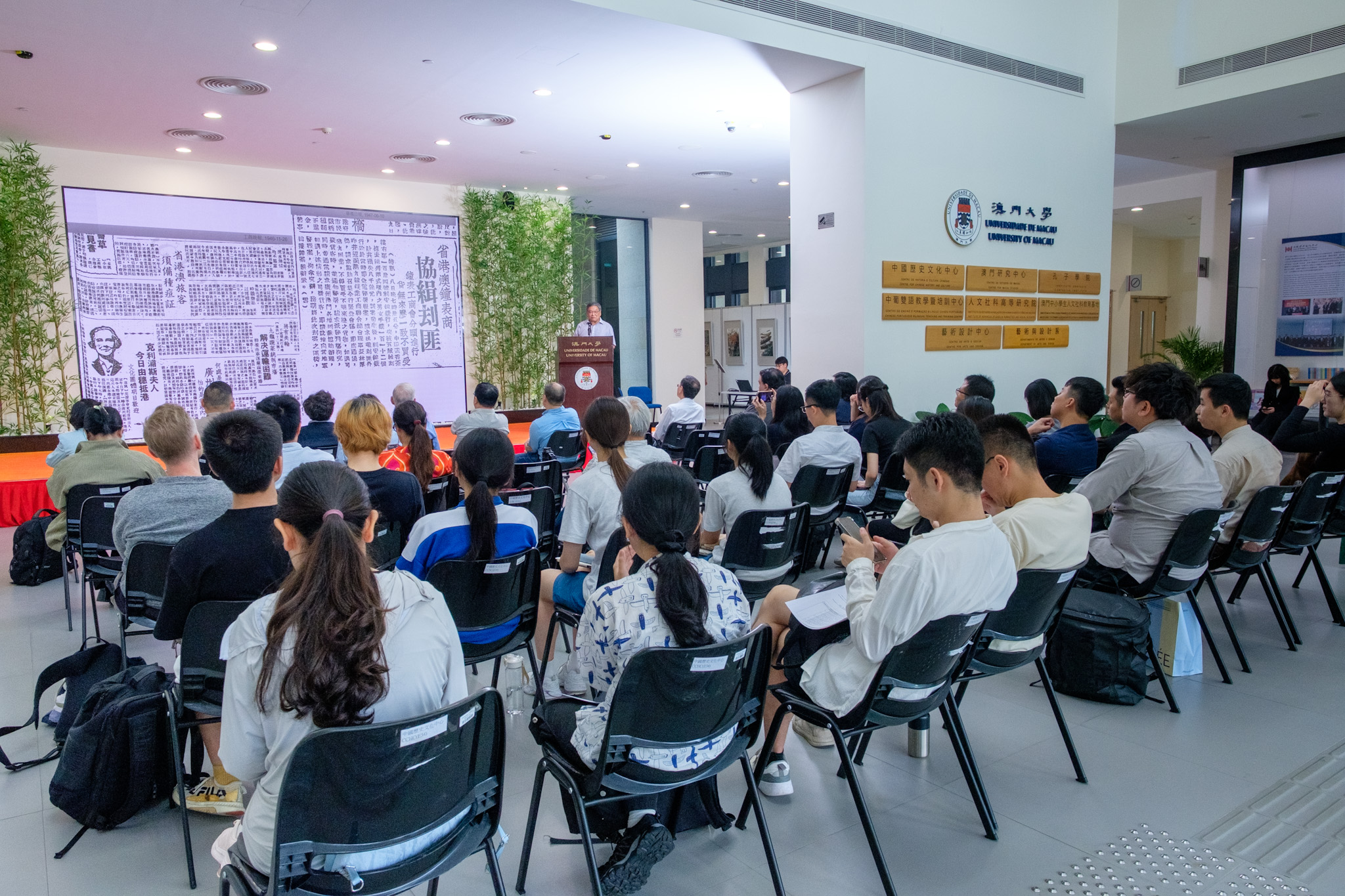UM holds First Symposium on the “Intersecting Histories of the Greater Bay Area (1820–1940)” and the Donation Ceremony of Tourist and Promotional Literature on Canton, Hong Kong, and Macau
The Centre for Macau Studies and Department of History at the University of Macau (UM) jointly held the first symposium on the “Intersecting Histories of the Greater Bay Area (1820–1940)”, together with the donation ceremony of tourist and promotional literature on Canton, Hong Kong, and Macau on 6 May 2025. The event convened scholars and researchers from Mainland China, Hong Kong, and Macau to examine the historical development of the Greater Bay Area through academic exchange and the sharing of resources.
In his welcoming remarks, Professor Rui Martins, Vice Rector (Global Affairs) at UM, observed that the Guangdong-Hong Kong-Macau Greater Bay Area is among the world’s most dynamic and historically significant regions. He emphasised that investigating its historical evolution and interconnectedness would enhance academic collaboration, foster a deeper understanding of the region, and provide valuable insights for its future development.
During the donation ceremony, Professor Agnes Lam Iok Fong, Director of the Centre for Macau Studies, introduced a collection of 50 travel-related documents donated to the UM Library by the Centre’s Adjunct Professor Paul Van Dyke. Dating from as early as 1884, these materials will enable scholars to gain a deeper understanding of how visitors perceived and imagined Macau, Guangdong, and Hong Kong during that period.
Professor Sun Jiang, Head of the Department of History at UM, delivered the opening address, highlighting the importance of Guangdong, Hong Kong, and Macau as China’s earliest open ports for understanding the country’s modern and contemporary development. He expressed the hope that Macau, as a bridge between Mainland China and the wider world, would attract increased attention from the academic community.
Keynote speakers included Professor Liu Zhiwei from the Department of History at Sun Yat-sen University, Professor John Wong from the Faculty of Arts at the University of Hong Kong, and Adjunct Professor Van Dyke from the Centre for Macau Studies. Professor Liu’s presentation, “Reflections on ‘Guangdong-Hong Kong-Macau’: A historical examination of the urban landscape of the Greater Bay Area,” explored the distinctions between the contemporary “Guangdong-Hong Kong-Macau” concept and its historical variation, drawing on examples such as the Canton–Hong Kong strike and differences in Cantonese subdialects. Professor Wong’s presentation, “Shifting geopolitical topography: Hong Kong and other urban hubs in the Pearl River Delta/Greater Bay Area,” systematically examined the historical evolution of Hong Kong’s population policies, jurisdictional boundaries, and currency, illustrating its changing role within the network of urban hubs. Professor Van Dyke’s presentation, “Three Cities – One History: Guangdong, Hong Kong, and Macau 1820–1940,” analysed keywords from Portuguese and English newspapers from 1820 to 1940, using travel literature as a case study to identify patterns in terminology, historical periods, and other resources for future research.
The following roundtable discussion, moderated by Professor Lam, considered interdisciplinary approaches to studying the intersecting histories of the Greater Bay Area. Professors Wu Yixiong and Jiang Yinghe from Sun Yat-sen University, and Assistant Professor Sheyla Zandonai from the Department of History at UM, presented on Macau’s multilateral relations, visual sources in Canton’s trade history, and the representation of Macau in Western travel literature, respectively. The discussion prompted a lively exchange of ideas among participants, including professors Liu Zhiwei, John Wong, Paul Van Dyke, Ghassan Moazzin, etc. The symposium offered new perspectives on the historical development of the Greater Bay Area, further underscoring UM’s role as a bridge in promoting historical, cultural, and social research within the region and contributing to its integrated development.

